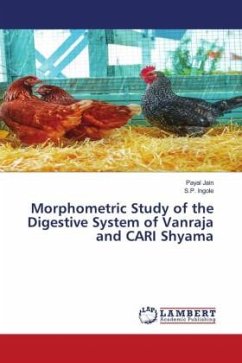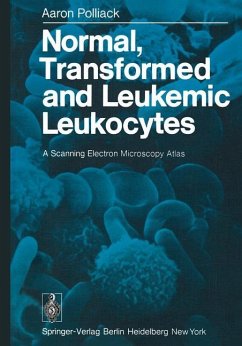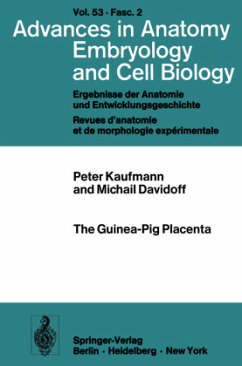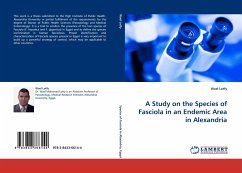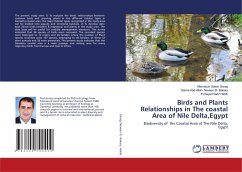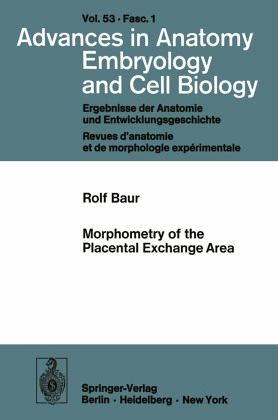
Morphometry of the Placental Exchange Area

PAYBACK Punkte
20 °P sammeln!
Considering the placenta from the functional point of view as an exchange organ be tween mother and foetus, it is noteworthy that placentas of all types have a common structural principle in that all placentas have structures enlarging the surface area avail able for exchange, as is also the case with other organs with similar functions, such as the lungs, kidneys and intestine. It may therefore be assumed that a quantitative rela tionship must exist between the structure of the placenta and its function. Accurate information on this relationship could contribute to better understanding of the...
Considering the placenta from the functional point of view as an exchange organ be tween mother and foetus, it is noteworthy that placentas of all types have a common structural principle in that all placentas have structures enlarging the surface area avail able for exchange, as is also the case with other organs with similar functions, such as the lungs, kidneys and intestine. It may therefore be assumed that a quantitative rela tionship must exist between the structure of the placenta and its function. Accurate information on this relationship could contribute to better understanding of the pla centa and of its function. The study of this relationship requires quantitative physio logical and morphological data. Detailed data on quantitative morphology (morphometry) are available mainly for the human placenta. Even these data, however, are rather sparse as far as the early sta ges of development are concerned, because most-studies relate to full term placentas (see Aherne, 1975; Bender et al. , 1974; Laga et aI. , 1973; Geissler et aI. , 1972; Baur, 1972; Cattoor, 1967; Aherne and Dunnill, 1966). We know of only a few morphomet ric studies concerned with placentas of other animal species. These studies relate to in vestigations on the development of the placenta of sheep (Stegeman, 1974) and of cat tle (Baur, 1972), and measurements carried out on full term placentas of the guinea pig (Millier et aI. , 1967) and on full term placentas of various other species (Baur, 1973).





